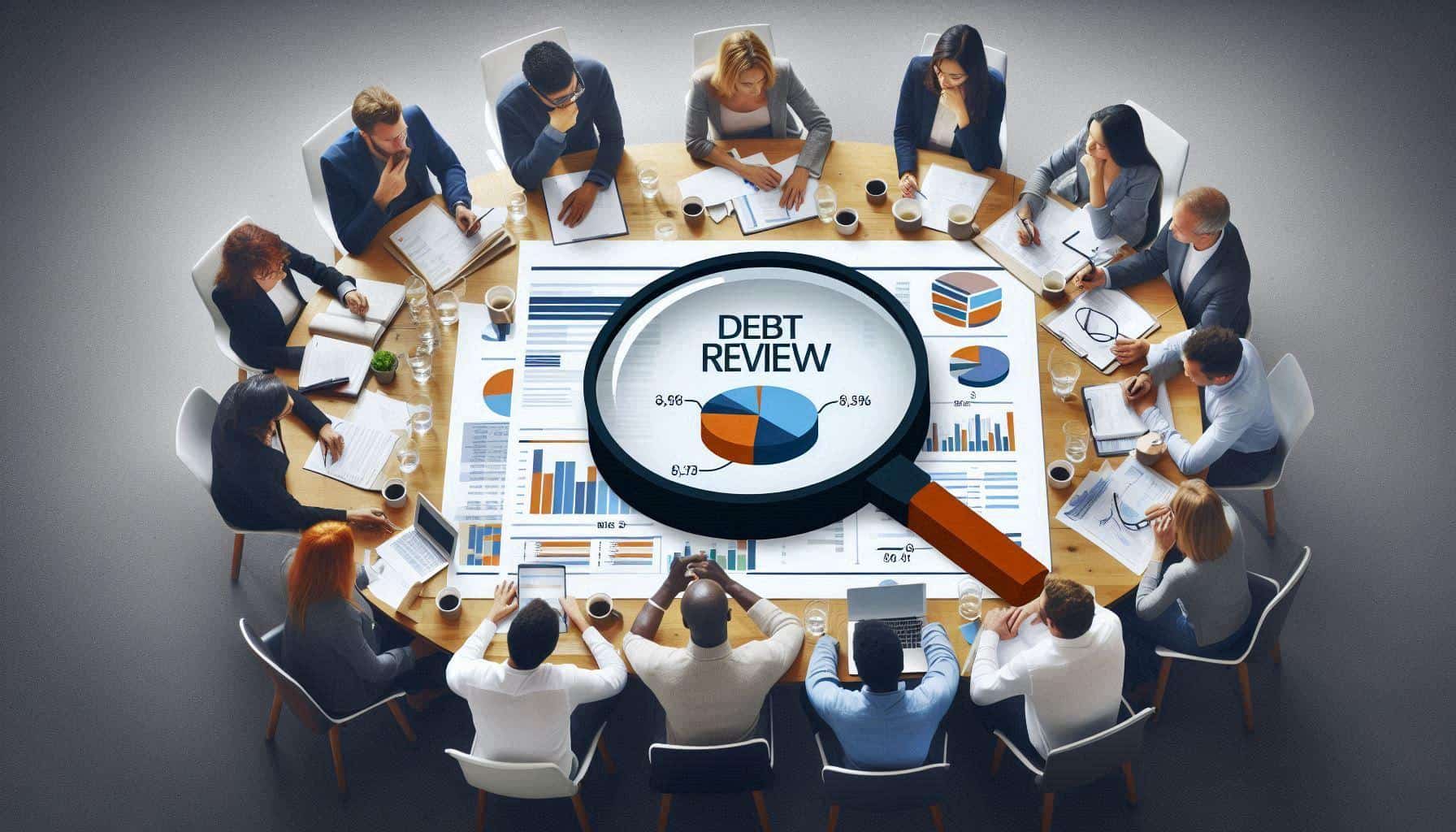
The debt review process was introduced as part of the National Credit Act (NCA) in 2007. The NCA was a response to the increasing levels of consumer debt and aimed to promote responsible credit lending and borrowing practices.
Before the introduction of the NCA, there were limited options for consumers who found themselves over-indebted. The NCA established a legal framework for debt counselling, providing consumers with a structured pathway to seek relief from their financial burdens.
The implementation of the NCA marked a significant shift in the South African credit industry. It introduced measures to ensure that credit providers conducted thorough affordability assessments before extending credit and provided mechanisms for consumers to address their debt problems.
Debt review emerged as a crucial tool in this framework, offering consumers a viable option to restructure their debt and work towards financial rehabilitation.

Debt review is available to any South African consumer who is over-indebted. Over-indebtedness is defined as a situation where a consumer is unable to meet all their debt obligations in a timely manner.
To qualify for debt review, you need to have a stable income, as the process involves restructuring your debt repayments. Any form of income is acceptable, for example, rental income.
Consumers who find themselves unable to pay their monthly debt installments and meet their living expenses can approach a registered debt counsellor to apply for debt review.
The debt counsellor will conduct a thorough assessment of the consumer’s financial situation, including their income, expenses, and outstanding debts, to determine if they qualify for debt review. Once the assessment is complete, the debt counsellor will, with the permission of the consumer, initiate the debt review process, negotiating with creditors to create a manageable repayment plan.
Being under debt review means that a consumer’s financial situation is being assessed and managed by a registered debt counsellor. During this period, the consumer is protected from legal action by creditors, including repossession of assets and adverse listings.
The debt counsellor negotiates with creditors to reduce monthly payments and extend repayment terms, ensuring that the consumer can afford their living expenses while repaying their debt.
While under debt review, consumers must make their monthly payments, from the first month, to a Payment Distribution Agency (PDA), which then distributes the funds to creditors according to the restructured repayment plan.
This process continues until the consumer has repaid their short term debts in full, or their financial situation improves to the point where they can resume normal payments – a Magistrate will have to approve the latter. The goal of debt review is to help consumers achieve financial stability and become debt-free.
Debt review is a good idea for individuals who are struggling with debt and unable to manage their monthly payments. It provides protection from creditors, prevents asset repossession, and offers a structured repayment plan. However, it also has drawbacks, such as restrictions on accessing further credit during the review period and the potential impact on your credit record.
The decision to enter debt review should be carefully considered. While it offers significant benefits, it also requires a long-term commitment and discipline. Consulting with a registered debt counsellor can provide valuable insights and help consumers make an informed decision.
Undergoing debt review has several consequences, both positive and negative. Positive consequences include protection from legal action by creditors, lower monthly repayments through renegotiation of terms, and a structured plan to become debt-free.
Negative consequences may include a temporary restriction on taking on new credit or if you do not approach a knowledgeable debt counsellor, prescribed debts may be re-activated. Always ask your DC to check for prescription.
Debt review can be cancelled, but it involves a formal process. If a consumer wishes to exit debt review, they must apply to the court to have the debt review application rejected. (This can only be done if an order has not yet been granted)
This is usually done when a consumer’s financial situation has improved significantly, and they can prove they can manage their debt repayments without any assistance.
To cancel debt review, the consumer must demonstrate to the court that they are no longer over-indebted and can meet their debt obligations independently. This involves providing evidence of improved income, reduced expenses, or a lump sum payment towards their outstanding debts.
The benefits of debt review in South Africa include:
Debt review offers a comprehensive solution for consumers struggling with debt. By providing legal protection, lower repayments, and a structured plan, it helps consumers regain control of their finances and work towards becoming debt-free.
The process also includes ongoing support and guidance from a registered debt counsellor, ensuring that consumers have the resources and assistance they need to succeed.

The debt review process is designed for consumers to manage and repay their debt. From the initial application and assessment to the final completion and clearance, each step is carefully regulated to ensure that consumers receive the support and protection they need. The involvement of a registered debt counsellor throughout the process ensures that consumers have expert guidance and assistance at every stage.
The duration of the debt review process varies depending on the amount of debt and the consumer’s ability to make repayments. On average, the process can take anywhere from three to five years.
The length of the debt review process is influenced by several factors, including the total amount of debt, the consumer’s income, and the agreed-upon repayment terms. While the process may take several years, the structured approach and legal protection it offers make it a valuable option for consumers seeking to overcome their debt challenges.
The ultimate goal of debt review is to provide consumers with the tools and support they need to achieve financial stability and independence.
For more info or to get a free assessment, call or WhatsApp Sandton Debt Counselling on 087 550 11 22 or complete to call me back form.